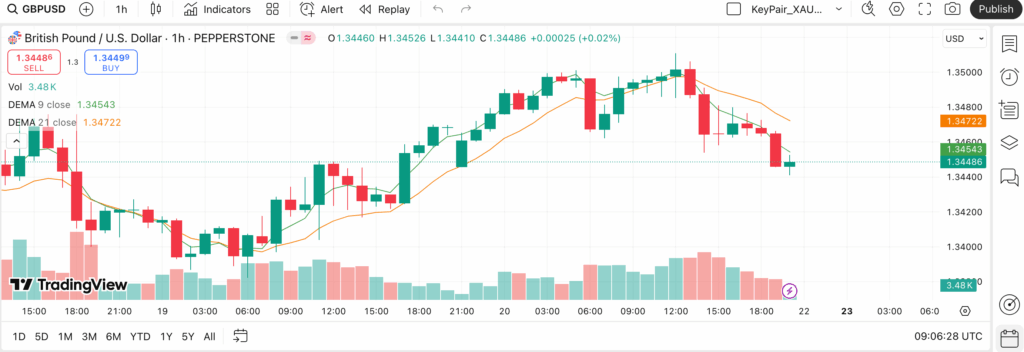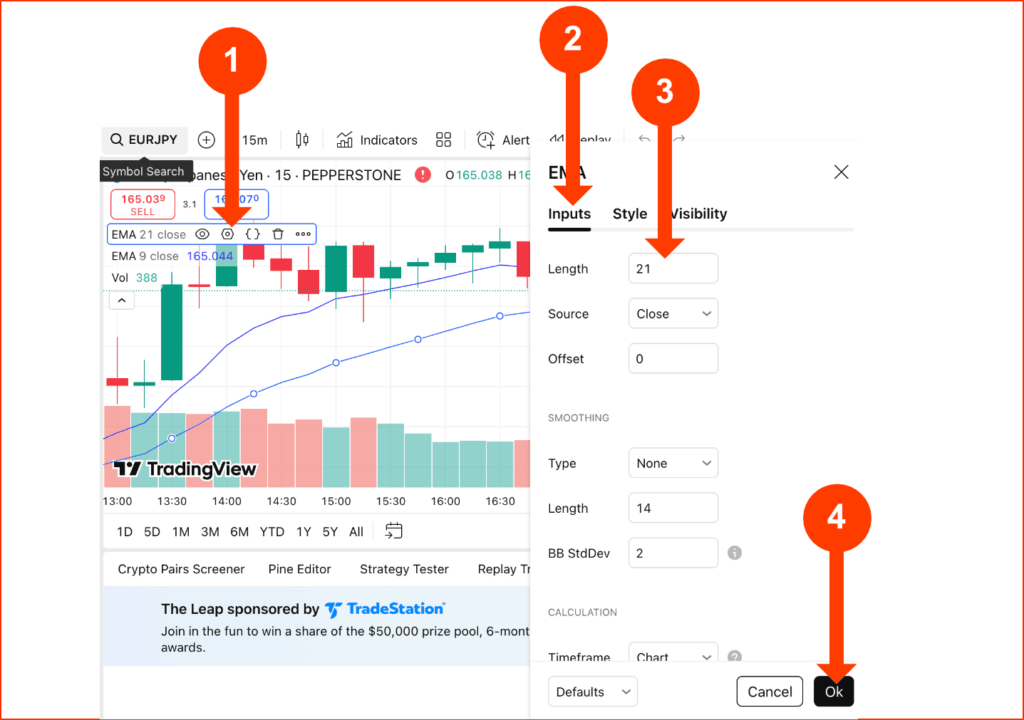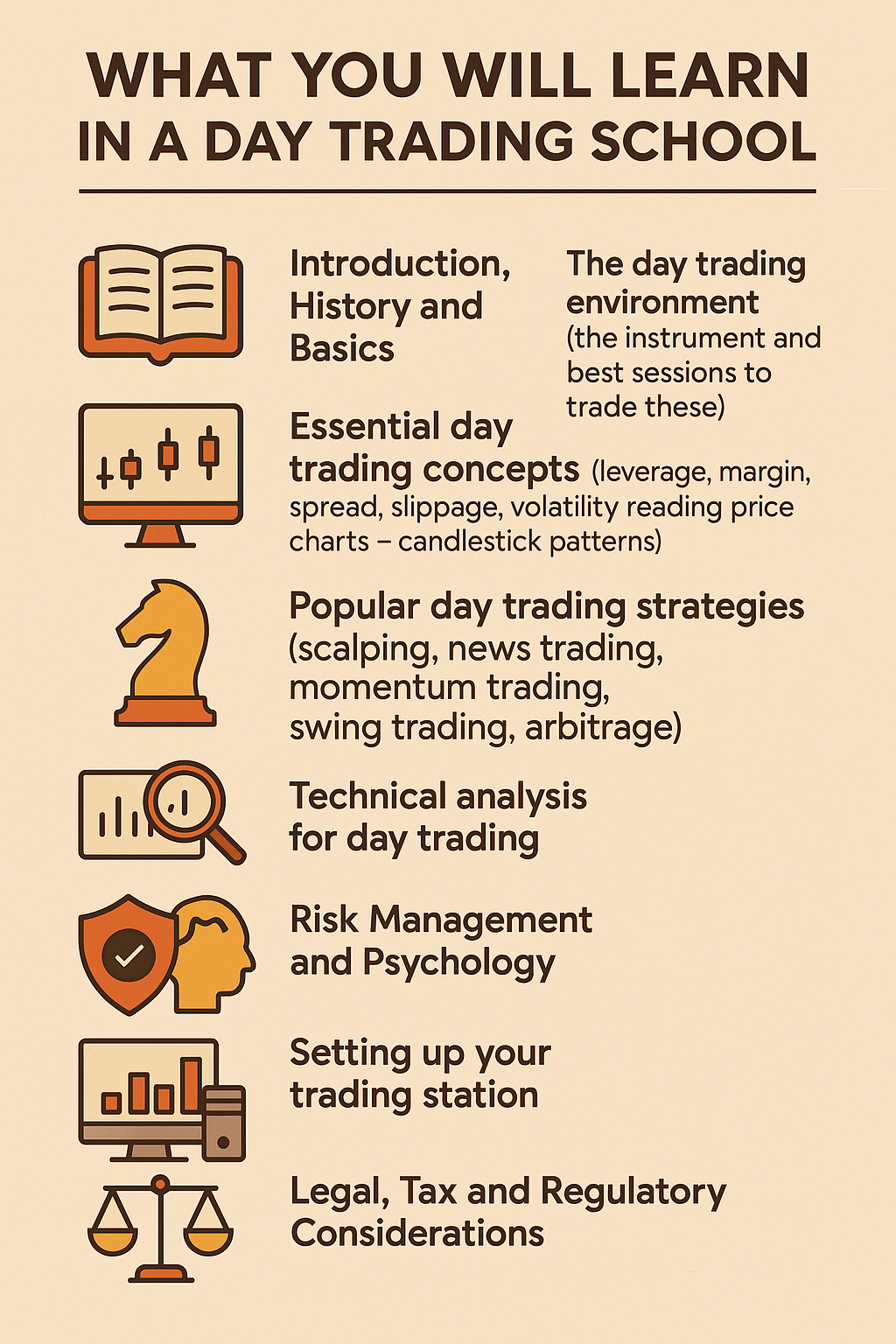
Insider trading refers to the buying or selling of a public company’s stocks or other securities based on material, non-public information. It’s typically viewed as an unfair market practice, as it gives an insider an advantage over ordinary investors who rely solely on publicly available data.
The term is most often associated with illegal activity, which undermines market fairness, shakes investor confidence, and carries serious legal consequences. However, there are also legal forms of insider trading — and the difference comes down to timing, disclosure, and intent.
What are the 4 elements of insider trading?
To determine whether insider trading is illegal, regulators generally look for the following elements:
- Material Information: The information must be significant enough to influence an investor’s decision or affect the company’s stock price.
- Non-Public Information: The information must not yet be available to the general public.
- Breach of Duty: The individual trading must have a fiduciary duty or obligation to maintain confidentiality.
- Personal Benefit: The insider (or someone they tip off) must gain a tangible benefit from using the information.
In practice, this could apply to company executives, employees, brokers, or even friends and family who receive a tip. If any of these elements are present, the trade could be deemed illegal.
What is the best example of insider trading?
A classic example is when a corporate executive sells shares of their company shortly before releasing poor quarterly results that haven’t yet been disclosed to the public. Because the insider avoids losses others couldn’t foresee, this trade qualifies as illegal.
This kind of trading relies on an unfair informational edge and violates the principle of equal access to market-moving information.
What are examples of insider dealing?
Insider dealing isn’t limited to company CEOs. Here are some real-world scenarios:
- A board member sells shares before announcing a major recall or poor financials.
- An employee tips off a friend about an upcoming acquisition or merger.
- A lawyer trades shares based on confidential client knowledge related to a deal or regulatory issue.
Even where no trade is made directly, passing on material non-public information — also known as “tipping” — can trigger insider dealing charges if the recipient acts on it.
What is the most famous example of insider trading?
Several high-profile insider trading cases have captured public attention, but Martha Stewart’s 2001 scandal remains one of the most notorious.
She sold shares of ImClone Systems after receiving non-public information that the FDA would reject a key drug application. Although Stewart was not convicted of insider trading per se, her obstruction of justice and false statements in connection with the sale led to a prison sentence.
Another major case is that of Ivan Boesky, a prominent Wall Street trader in the 1980s who was fined $100 million for profiting from inside information about mergers and takeovers.
Expanding the Ethical Divide: Legal vs. Illegal Insider Trading
There is often confusion around what constitutes “white hat” vs “black hat” insider activity. In general:
- If an insider trades after material information has been made public (e.g. in earnings calls, SEC reports, or news announcements), the trade is legal.
- If they trade before such disclosure — using confidential access for personal gain — the trade is considered illegal.
The Securities and Exchange Commission (SEC) requires all insiders to report their trades to promote transparency. The agency actively investigates violations and enforces penalties that may include fines, disgorgement of profits, and prison time.
To help retail traders stay informed, SEC filings (such as Form 4) are publicly available and can offer insight into legal insider activity — a topic we’ll explore next.
Tip: For transparent, regulation-compliant trading, platforms like Pepperstone offer secure execution environments, while TradingView is invaluable for tracking market sentiment and aligning trades with public data.
How you can Benefit From Legal Insider Trading Without Breaking the Law
Having understood the difference between legal and illegal insider trading, a trader is well positioned to explore ways to use publicly available insider activity as part of a broader trading strategy. But how do you benefit when you are not an insider yourself?
This is where the value of legal insider trading disclosures becomes apparent. In the United States, corporate insiders — including directors and large shareholders — are required to file public reports with the Securities and Exchange Commission (SEC) whenever they buy or sell shares in their own companies.
These reports, especially Form 4 filings, offer a legal and transparent view into what knowledgeable insiders are doing with their money.
Legal Insider Trading Reports: A Trader’s Shortcut?
As a trader or investor, it’s worth your while to keep an eye on these filings. Insiders are often closer to company performance, industry trends, and growth strategies than the public. When they buy company shares — especially in significant amounts — it can indicate strong internal confidence in the business.
These actions, when monitored carefully, can help inform a trader’s own entry or exit decisions — without violating any laws.
Keep in mind, though: Not every insider trade is a signal. Sometimes insiders sell for reasons unrelated to company performance — tax planning, portfolio diversification, or personal needs. That’s why the context matters.
Where to Find Legal Insider Trading Reports
You can access insider trading disclosures directly on the SEC’s EDGAR database. Look for Form 4, which details the insider‘s role, the number of shares bought or sold, the price, and the transaction date.
Third-party platforms like OpenInsider, Finviz Insider, or MarketBeat also provide summarised feeds of insider activity — often with filters by industry, trade size, or sentiment.
Why Smart Traders Combine Insider Reports with Technical Tools
While insider trading reports are useful, they‘re not enough on their own. Smart traders pair them with technical analysis to validate potential trade setups. This is where a charting platform like TradingView shines — you can overlay news sentiment, volume patterns, and insider activity all in one view.
For example, if a CEO buys $1 million worth of stock and TradingView shows strong support and bullish divergence on the RSI, this may strengthen the case for a long position.
Use a Regulated Broker for Transparent Execution
Even with great insights, your trading success depends on clean execution. Trading with a regulated broker like Pepperstone ensures that your trades are filled transparently, spreads are competitive, and your capital is safeguarded under strict regulatory oversight.
Platforms like Pepperstone also integrate with TradingView — allowing you to move seamlessly from insight to execution in a compliant and efficient environment.
Summary Tip: You don’t need to be an insider to trade smart. Legal filings + technical analysis + transparent execution = a solid edge for ethical traders.
Famous Insider Trading Cases — Lessons and Cautionary Tales
Insider trading is one of the most hotly debated topics in stock and forex markets. A major reason is the fine line between legal and illegal activity, especially when trades are made just before sensitive company information is disclosed.
Some of history’s most notorious trading scandals involve individuals who misused confidential knowledge for personal gain. These stories serve as both cautionary tales and a reminder that ethical, transparent trading practices offer a more sustainable path — especially for everyday traders.
Albert H. Wiggin: Shorting His Own Company
In the run-up to the infamous 1929 market crash, Albert H. Wiggin, then head of Chase National Bank, made a bold and unethical move — he shorted 40,000 shares of his own company’s stock through wholly-owned family corporations.
At the time, there were no laws against shorting your own company, so Wiggin’s actions weren’t technically illegal. Still, he walked away with over $4 million in profits from the crash — while the public bore heavy losses.
Wiggin’s scandal helped spur the creation of insider trading regulations that exist today.
The Milken, Boesky, Levine and Siegel Saga
In the 1980s, Wall Street’s aggressive M&A boom was marred by a massive insider trading scandal. Michael Milken, a junk bond kingpin, was implicated along with Ivan Boesky, Martin Siegel, and Denis Levine.
These traders exploited insider tips about upcoming takeovers, buying shares in companies just before public announcements, and cashing in on the resulting price spikes. Boesky eventually cooperated with the SEC, leading to a domino effect of convictions and fines.
Milken paid record fines and served time, although many of the charges against him didn’t stick. This scandal became a textbook example of how systemic insider abuse can undermine market trust.
R. Foster Winans: When Journalism Meets the Market
This case adds a twist: R. Foster Winans, a columnist for The Wall Street Journal, wrote the influential “Heard on the Street” column. Before publishing his takes on specific stocks, he would leak upcoming columns to traders who used the information to front-run the market.
The resulting profits were quietly shared. Winans was eventually charged not for insider trading directly, but for misappropriating the Journal’s proprietary information, arguing that the insights belonged to the publication, not to the writer.
He served a year and a day in prison, and later described his actions as unethical, though he disputed that they were criminal.
Martha Stewart & Ivan Boesky: The Most Famous Names in Insider Trading
Martha Stewart’s 2001 ImClone case remains one of the most widely known insider trading controversies. Stewart sold shares in the biotech firm after receiving a tip — before the FDA’s rejection of a key drug went public.
While she wasn’t convicted of insider trading directly, she was found guilty of obstruction and lying to investigators, which resulted in a five-month prison sentence.
Ivan Boesky, meanwhile, was a central figure in the 1980s scandals and paid a $100 million fine — a then-record — for trading on insider information related to corporate takeovers. His cooperation was instrumental in bringing down other traders, including Milken.
Final Thoughts: Don’t Trade the Grey Zone — Trade the Smart Way
These stories prove one thing: insider trading might look profitable — until it’s not. The reputational damage, legal penalties, and long-term consequences simply aren’t worth it.
Rather than chasing grey-market advantages, modern traders have access to transparent, data-rich platforms that support informed decision-making:
Use TradingView for market analysis backed by real-time data, public sentiment, and technical indicators.
Trade via regulated brokers like Pepperstone, where order execution is fast, secure, and compliant with financial laws.
Smart trading isn’t about secrets. It’s about using public data, legal tools, and ethical practices to build long-term results.
Elias Stroud is a professional forex trader and market analyst with over eight years of experience. His journey began with the common misconception that trading was a get-rich-quick scheme, a path that led to significant early losses. It was this initial failure that forced a pivot towards disciplined, long-term learning and strategy development.
Today, Elias specializes in price action analysis, focusing on identifying high-probability setups without relying on complex indicators. He has cultivated a premium-level trading account, a direct result of his commitment to a structured and professional approach to the markets. Elias is passionate about sharing the actionable insights and foundational principles that helped him transform from a novice to a consistently profitable trader.
For further verification of his professional standing and live trading credentials, please visit the “About Us” page where account confirmation screenshots are provided, along with links to his trusted broker, Pepperstone, and his primary charting platform, TradingView.


